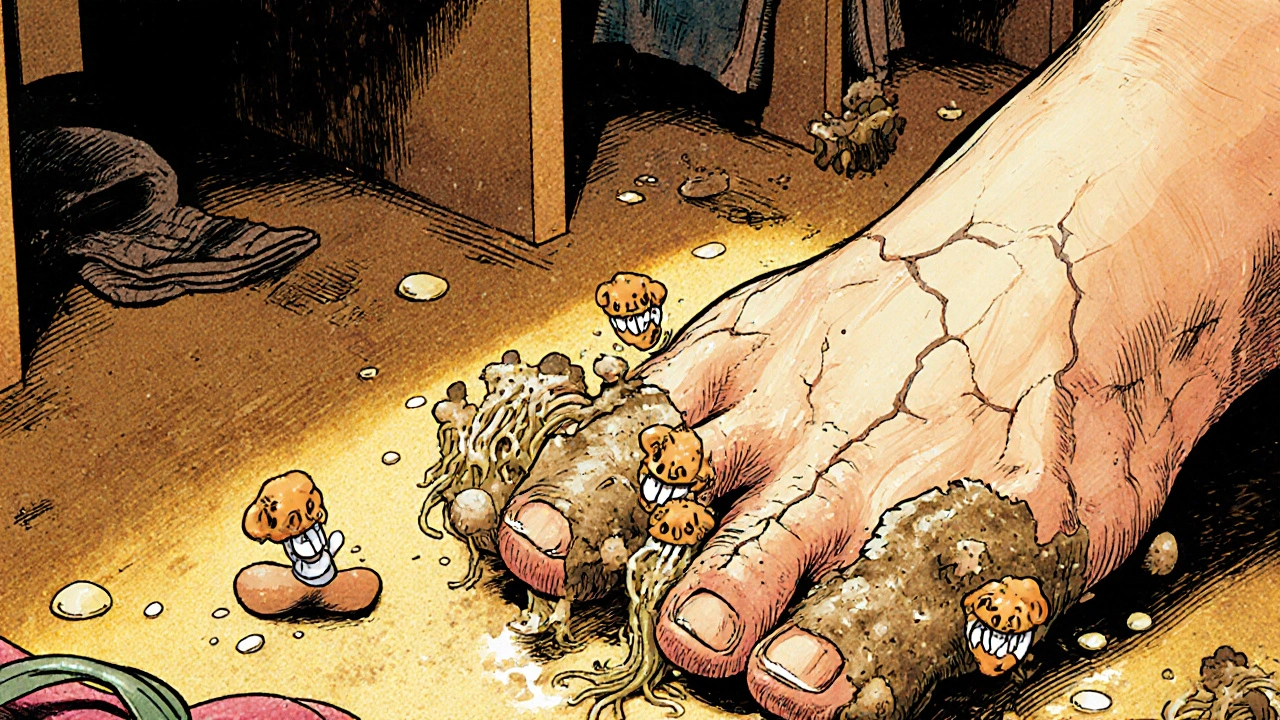Yeast Infection: Causes, Treatments, and What Really Works
When you hear yeast infection, a common fungal infection caused mostly by Candida albicans, often affecting moist areas like the vagina, mouth, or skin folds. Also known as candidiasis, it’s not a sign of poor hygiene—it’s a normal imbalance in your body’s microbes. About 75% of women will get at least one vaginal yeast infection in their life, and men and kids can get them too—in the mouth as oral thrush, or on the skin under folds or diapers.
It’s not just about itching and discharge. Yeast infections often show up after antibiotics wipe out good bacteria, during pregnancy when hormones shift, or if you’re diabetic and blood sugar stays high. Even tight clothing or damp workout gear can create the perfect warm, wet environment for yeast to grow. You might think sugar causes it, but it’s not that simple—high blood sugar feeds yeast, but eating a cookie won’t suddenly give you an infection. What matters is your body’s balance.
Most cases respond to over-the-counter antifungal creams or suppositories, but if they keep coming back, you might have recurrent candidiasis. That’s when you need to look deeper: maybe your immune system is off, or you’re on long-term steroids or birth control. Oral thrush in babies or older adults can be more serious, especially if it spreads. And while home remedies like yogurt or tea tree oil get talked about, there’s little solid proof they work better than proven antifungals like clotrimazole or fluconazole.
What you’ll find in the posts below isn’t guesswork—it’s real, practical info from people who’ve dealt with this. You’ll see how yeast infections connect to other conditions like diabetes, how certain medications increase risk, and why some treatments fail even when they should work. There’s no magic bullet, but there are clear steps to stop the cycle and feel better. No jargon. No scare tactics. Just what you need to know to take control.

